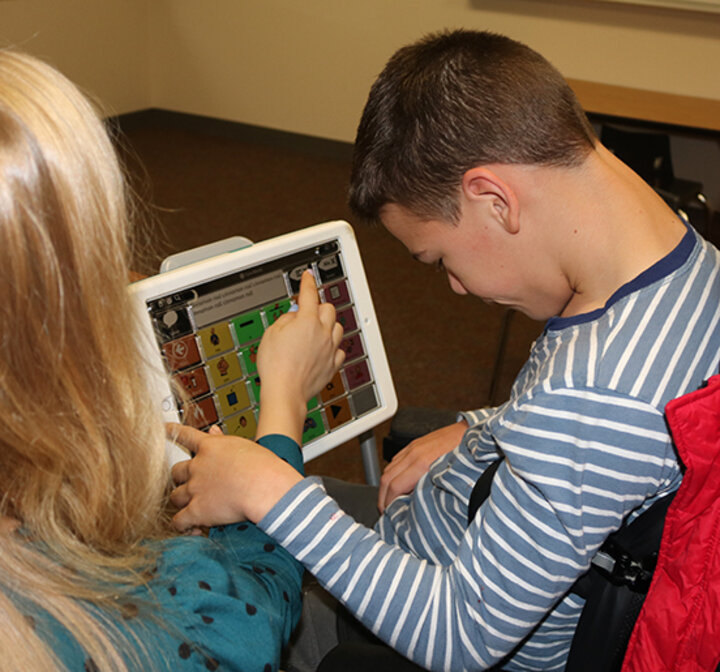To inform AAC interventions today, while laying groundwork for AAC intervention tomorrow, the AAC Translation Lab aims to support AAC access across the lifespan by:

Brain-Computer Interface (BCI) for AAC
The AACT Lab is investigating non-invasive brain-computer interface (BCI) systems that enable individuals with severe motor impairments to communicate using their brain activity. These BCI-AAC systems aim to provide more accessible communication options, especially for those who cannot rely on traditional physical access methods. Dr. Pitt is particularly interested in the clinical integration of BCI technologies for children—ensuring they are practical for everyday use by aligning with current AAC assessment, intervention, and implementation practices.

Artificial Intelligence in AAC
Dr. Pitt’s lab explores how artificial intelligence can personalize AAC systems by adapting symbols, language suggestions, and emotional tone in real time. These AI-driven features are designed to make communication more expressive, efficient, and reflective of each user’s identity and intent.

Symbol and Display Design
The AACT Lab investigates how AAC displays—such as visual scene displays, motion elements, and customized symbols—can support communication for diverse users, including children and individuals with cortical visual impairment (CVI). The goal is to create visually accessible, developmentally appropriate, and engaging communication systems.

AAC Training
Currently, the lab is evaluating the training needs of professionals involved in AAC (e.g., speech-language pathologists, special educators), along with how multidisciplinary collaborations may seek to support effective AAC service delivery.